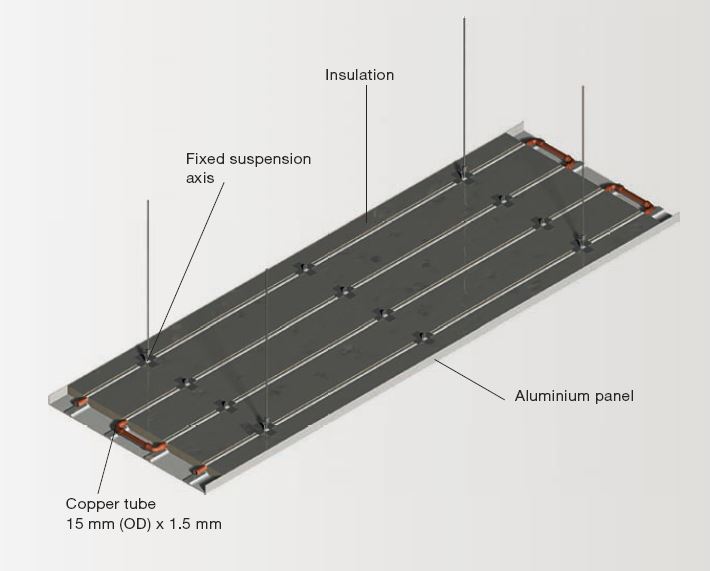How to model ceiling radiant panels?
Hello All, Is there any way to model radiant panels (see attached picture) in ceilings by using Design builder or EnergyPlus? Can you please share your experience? Do I have to add nodes as we do for other HVAC systems? Also, these radiant panels will get hot water from a biomass boiler, can I model biomass boiler in Design Builder?
Thanks
Kindest regards
Waseem







